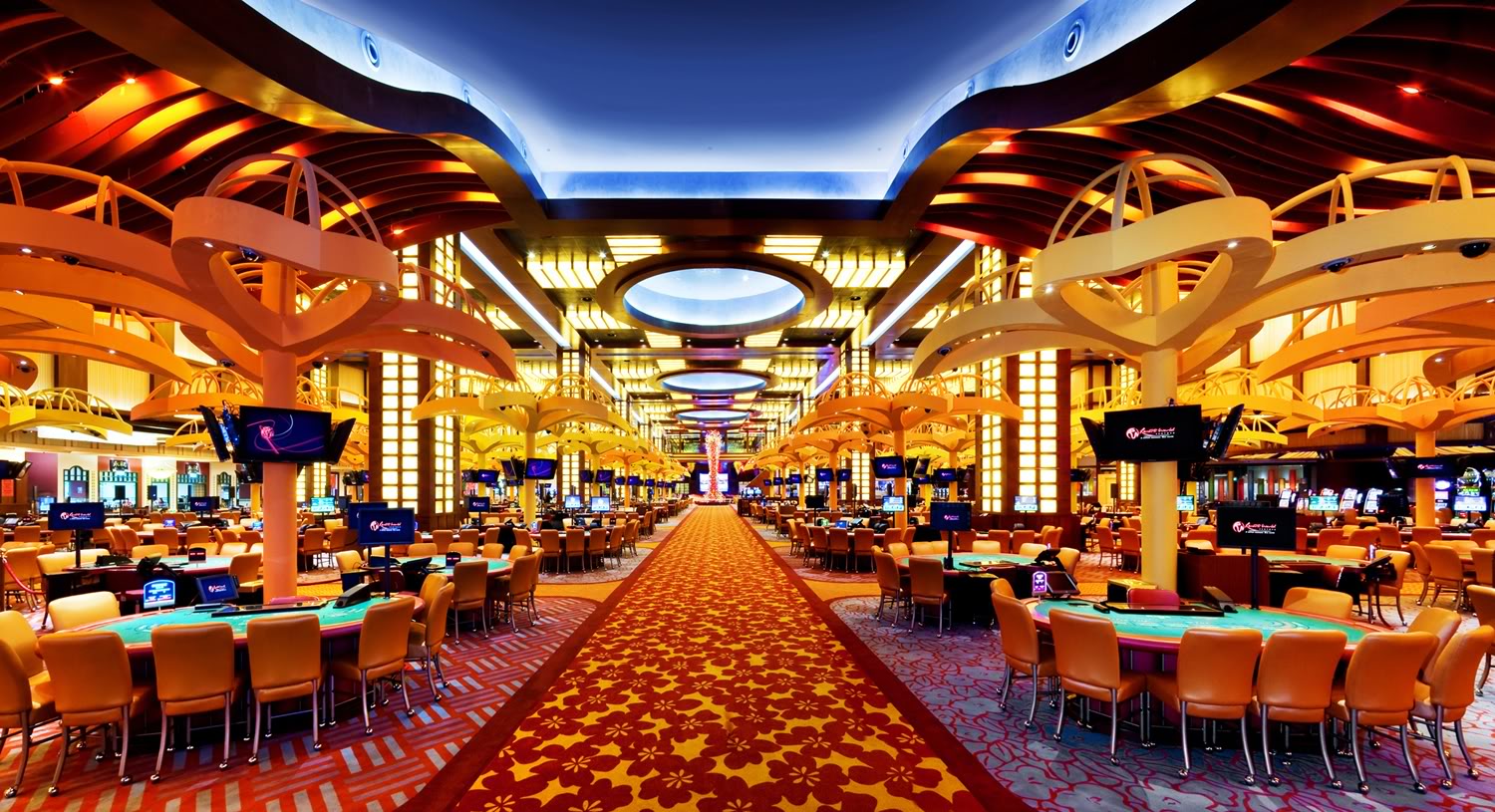
In the shadows of the glittering lights plus those enticing noises of rotating reels lies a dynamic realm where creativity meets numbers: the making of games of chance. As players converge to gaming establishments seeking excitement and the possibility of winning big, a huge amount of effort takes place behind closed doors to create the games for their enjoyment. From the initial concept to the final product that players interact with, many elements come together to ensure an captivating gaming experience.
Creators, engineers, plus game creators work together to merge innovative technology with enthralling gameplay features. Each aspect, from visuals plus audio elements to odds and payouts, is carefully crafted to attract players plus keep them entertained. Understanding this complex process of how casino games are made reveals not only the technical skills required but also the artistic vision that brings these engaging experiences to life.
Game Design Process
The game workflow starts with brainstorming and conceptualization, where creators develop ideas for new casino games. This initial phase often includes identifying potential audiences and analyzing market trends. Designers take into account factors such as game mechanics, themes, and payout structures to develop an engaging experience. MM88 Collaboration between game designers, mathematicians, and artists is essential to ensure a well-rounded concept.
Once a design is selected, the next stage involves creating prototypes and testing. Designers create a working version of the game to assess its playability and mechanics. This facilitates adjustments and refinements based on feedback from testers. Reiteration is vital, as designers may navigate multiple rounds of evaluations to optimize gameplay balance and user experience. This phase is essential for identifying any potential issues before the game is finalized.
After testing, the game moves into the development phase and production. This comprises the technical aspects of coding the game software, integrating graphics, and ensuring compliance with gaming regulations. Quality assurance testing ensures that the game functions seamlessly across various platforms and devices. Once everything is refined, the game is prepared for launch, usually accompanied by marketing strategies to draw in players and generate excitement around the latest casino game.
Tech and Advancement
The development of casino games has transformed significantly with developments in tech. Modern game design often includes high-quality graphics, captivating sound effects, and dynamic animations that create a thrilling experience for gamers. Game developers use advanced software tools and programming languages to develop these immersive gaming experiences. Additionally, the use of random number generators ensures fairness and unpredictability in outcomes, which is important for ensuring player trust and compliance with gaming regulations.
In recent years, the rise of online casinos has expanded the limits of game development even further. Developers are now able to build games that appeal to a global audience, integrating features such as live dealers and VR environments. This shift has encouraged innovation, leading to unique game mechanics and formats that enhance player engagement. Gaming on mobile devices has also become a major focus, driving developers to optimize games for mobile phones and tablets, ensuring availability and ease of access for players on the go.
Collaboration among designers, artists, and math experts is crucial in the development process. Each team brings their expertise to ensure games are not only aesthetically pleasing but also statistically accurate and enjoyable. The integration of player feedback during beta testing allows developers to improve game features and functionalities, ultimately leading to a successful launch. As technology continues to advance, the potential for innovative game concepts and experiences is limitless, promising an enticing future for casino games.
Testing and Quality Control
Once a slot has been created, it transitions to the crucial phase of evaluation and quality control. This stage ensures that the game operates flawlessly and provides a fair experience for gamblers. Teams conduct comprehensive tests, including functionality checks to ensure that all game features work as expected. Each component, from visuals to audio, is reviewed to ensure high standards are met.
In addition to operational testing, the game undergoes stringent compliance checks to meet compliance requirements. MM88 Various jurisdictions have specific rules governing game fairness and player protection. Quality assurance teams will verify that the random number generators are working correctly and that the game’s payout percentages correspond with market standards. This detailed examination helps build trust with users and regulators alike.
Finally, user testing may be conducted with genuine players to gather opinions on user experience. This critical insight allows developers to execute necessary adjustments before the official launch. Resolving any likely issues recognized during this phase helps ensure that gamblers will experience a smooth, captivating experience when the game goes live. The commitment to excellence reflects the sector’s dedication to delivering enjoyable and reliable casino games.